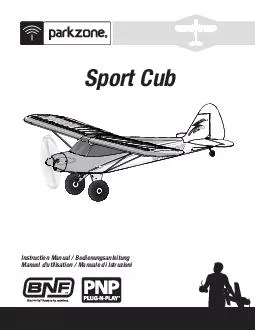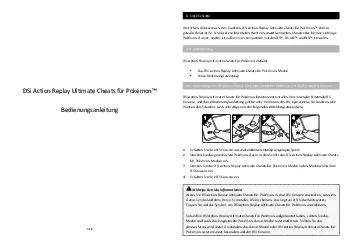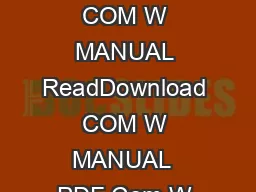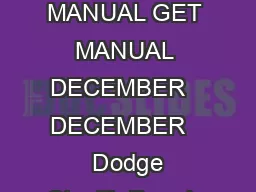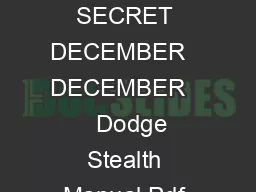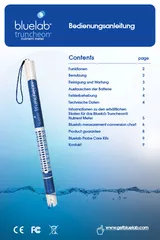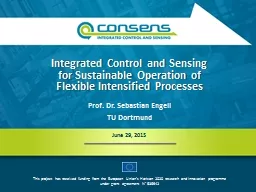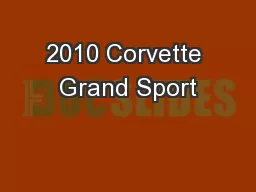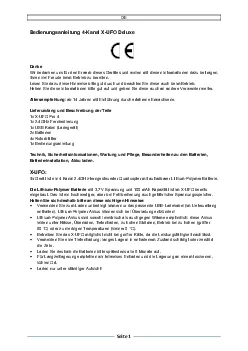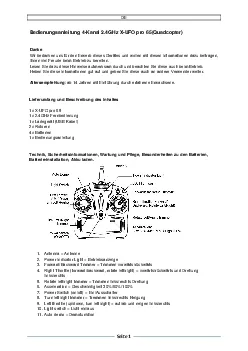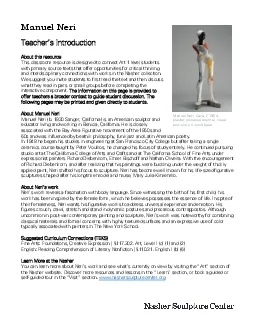PDF-Sport CubInstruction Manual / Bedienungsanleitung Manuel d
Author : olivia-moreira | Published Date : 2016-02-27
EN NOTICE All instructions warranties and other collateral documents are subject to change at the sole discretion of Horizon Hobby LLC For uptodate product literature
Presentation Embed Code
Download Presentation
Download Presentation The PPT/PDF document "Sport CubInstruction Manual / Bedienungs..." is the property of its rightful owner. Permission is granted to download and print the materials on this website for personal, non-commercial use only, and to display it on your personal computer provided you do not modify the materials and that you retain all copyright notices contained in the materials. By downloading content from our website, you accept the terms of this agreement.
Sport CubInstruction Manual / Bedienungsanleitung Manuel d: Transcript
Download Rules Of Document
"Sport CubInstruction Manual / Bedienungsanleitung Manuel d"The content belongs to its owner. You may download and print it for personal use, without modification, and keep all copyright notices. By downloading, you agree to these terms.
Related Documents

